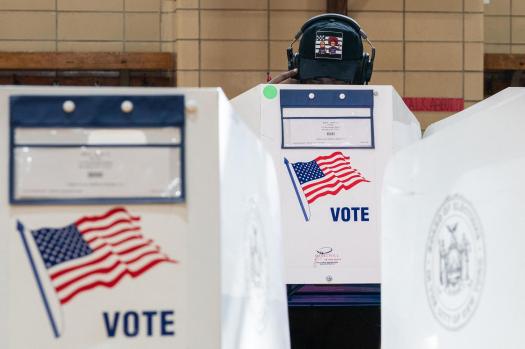Indigenous Americans have had more cumulative experience with unwanted immigrants than any other group in the United States. When talking about Native Americans’ ties with the British and American empires, several have brought up this fact over the years, usually in a humorous way. The poster Original Homeland Security: Fighting Illegal Immigration Since 1492, which features four armed Native Americans behind the text, is arguably the clearest example of this idea.
Since Juan Ponce de Len first landed on the peninsula in 1513, paving the path for Spanish colonialism that would last until the late 18th century, indigenous Floridians have most likely felt this way. Following two decades of British rule, the Spanish returned for an additional 38 years before being driven out once more, this time by hostile American settlers in the north. As a result, from the 16th to the 19th centuries, Native Floridians encountered unwanted immigration from various regions of Europe and North America.
The U.S. immigrants who forced Spain to give up its claims to Florida a second time did not depart like the majority of Spanish and British settlers did. Instead, they pushed Indigenous Floridians to gradually relocate southward across the peninsula, giving up their resources and land in the process without receiving any compensation. U.S. settlers (immigrants) did not want Indigenous Floridians in the state and did everything in their power to make them vanish, alive or dead, much like the Trump and DeSantis administrations did with regard to immigrants they believe to be illegal. However, hundreds remained in the Everglades, where contemporary Americans have used a 21st-century approach to managing foreign immigrants that is strikingly similar to how American residents ignored Native Americans in Florida in the late 19th century.
If not immediately obvious, the similarities between the establishment of Alligator Alcatraz and the Seminole Wars of the 19th century are remarkable. The main problem in both cases is immigrants, yet the origins of the immigrants differ greatly. The United States launched three wars against the Seminoles in Florida throughout the 1800s. The United States failed in its attempts to eradicate Indigenous Floridians, despite spending millions of dollars and sending thousands of soldiers to do so. However, after many Seminoles were killed or moved to what is now Oklahoma, the United States declared success. Nevertheless, as the Seminole Tribe of Florida would tell you today, they have not been defeated and have fled to the Everglades to successfully restore their civilizations while the United States was involved in a catastrophic civil war and rebuilding that caused the country to become divided. Only once they lived in a setting that gave non-Indigenous Americans a sense of security did the US and its citizens cease their hostility toward Indigenous Floridians.
Both U.S. President Donald Trump and Florida Governor Ron DeSantis see Alligator Alcatraz as a solution to their unwanted immigrant problem, despite the fact that it does not remove the problematic population from the United States. They want to relocate unwanted immigrants to the exact spot where unconquered Seminoles revitalized their populations and cultures while avoiding intrusive U.S. immigrants. The marginalization of their adversaries in the Everglades is seen as the answer to the problems of those who sought to eradicate both the Seminoles in the 19th century and illegal immigrants in the United States today. However, many Americans today, including Florida’s Indigenous Tribes, oppose the U.S. government’s actions, just as they did in the 19th century. This highlights the U.S.’s contradictory position and its policies involving immigration and Native Americans over the years. In the near future, the fate of Alligator Alcatraz might surprise American officials just as much as what occurred to Florida’s Native Americans following the Seminole Wars in the 1800s.
Daniel S. Murphree teaches history at UCF as an associate professor.












Commentary: As kids return to school, Florida continues to lead in education | Paul Renner